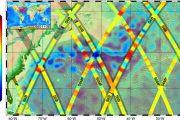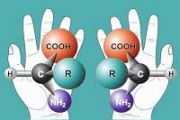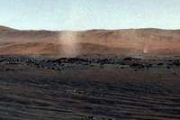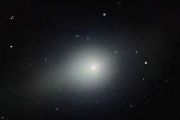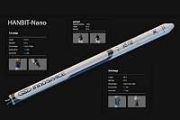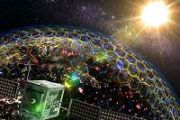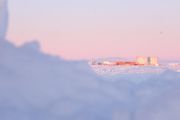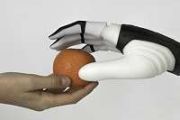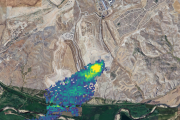
Copernical Team
Webb and Ariane 5 – Preparing for launch
 Video:
00:04:00
Video:
00:04:00
The world’s next generation cosmic observatory, the James Webb Space Telescope, is due for launch on an Ariane 5 from Europe’s Spaceport in French Guiana.
Webb is a joint project between NASA, the European Space Agency, and the Canadian Space Agency and is a remarkable feat of engineering and technology. The telescope is fitted with the largest astronomical mirror ever flown in space, sophisticated new scientific instruments, and a sunshield the size of a tennis court.
Ariane 5 is one of the most reliable launch vehicles in the world and special modifications have been made for the preparation and
TEC Business to Business website

TEC Business to Business website
Software-defined OneSat ready for production
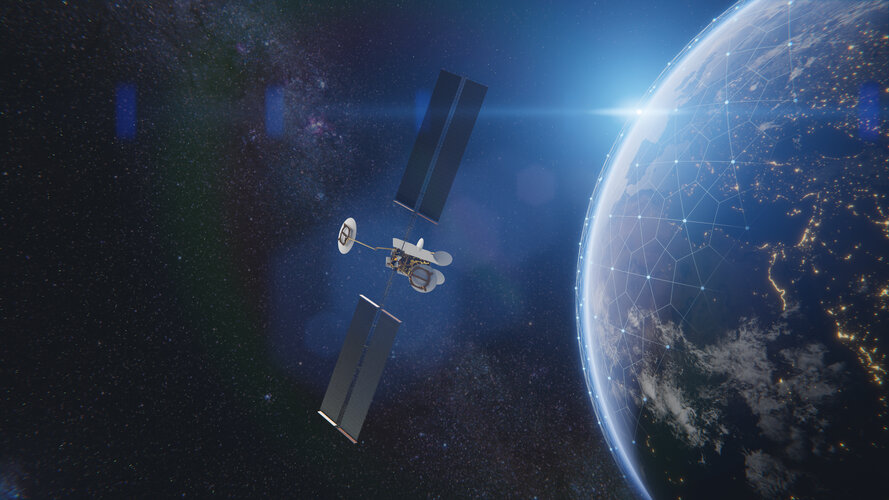
The latest type of telecommunication satellite that can respond from space to changing demands on Earth is about to start assembly of its electronic components.
Orbex begins construction of new rocket launchpad in the UK
 Orbex, Europe's leading private small satellite launch services provider, has announced it has started construction of its first state-of-the-art Launch Platform, the first orbital space launchpad to be built in the UK for more than half a century.
Orbex has commissioned Motive Offshore Group, a leading Scottish company specialising in the design and manufacture of marine and lifting equip
Orbex, Europe's leading private small satellite launch services provider, has announced it has started construction of its first state-of-the-art Launch Platform, the first orbital space launchpad to be built in the UK for more than half a century.
Orbex has commissioned Motive Offshore Group, a leading Scottish company specialising in the design and manufacture of marine and lifting equip China tests hypersonic flight engine using rejected design developed in US
 A team of scientists has built and successfully tested a prototype based on a novel idea created more than two decades ago by an American space agency expert of Chinese descent.
A Chinese research team has built and tested a prototype hypersonic flight engine, capable of operating in Mach 4 to Mach 8 (4,900-9,800 kph) speed conditions, based on a design cooked up in NASA but later rejected
A team of scientists has built and successfully tested a prototype based on a novel idea created more than two decades ago by an American space agency expert of Chinese descent.
A Chinese research team has built and tested a prototype hypersonic flight engine, capable of operating in Mach 4 to Mach 8 (4,900-9,800 kph) speed conditions, based on a design cooked up in NASA but later rejected Artificial intelligence for eye health in space
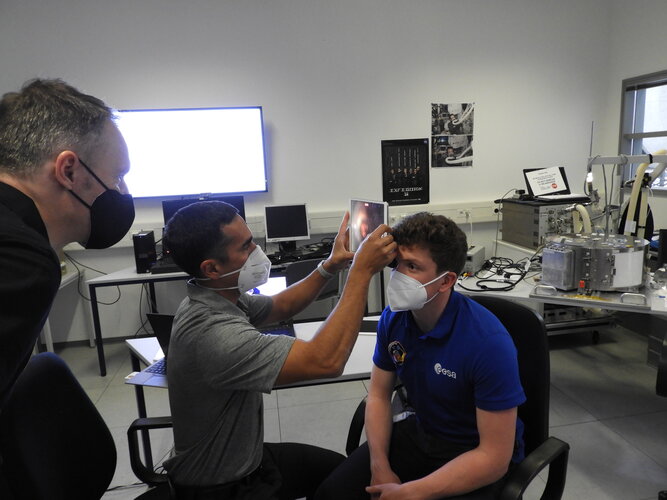
Young researchers from ESA’s Spaceship EAC initiative are keeping a good eye on ocular health by using images of astronauts’ optical discs in space to train an artificially intelligent (AI) model. All going well, this model will be used to automatically detect changes in the optic nerve of astronauts, known as Space-Associated Neuro-ocular Syndrome (SANS).
Double drop test success
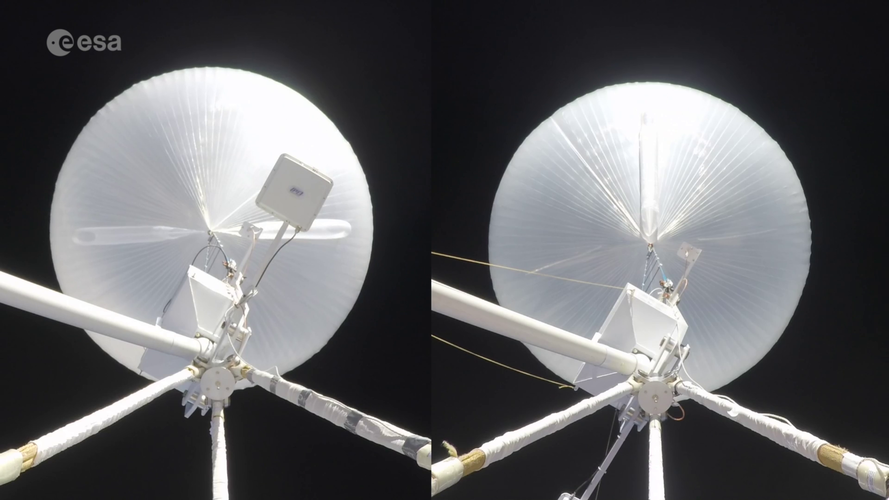 Video:
00:01:30
Video:
00:01:30
Onboard video footage from two high-altitude drop tests of the ExoMars second stage parachute. The cameras are on the drop test vehicle and capture the moment of separation from the stratospheric balloon, the release of the pilot chute, and the extraction of the main parachute.
The footage is shown at various speeds, capturing in slow motion the inflation of the 35 m wide subsonic parachute – the largest ever to fly on Mars.
The drop tests took place in Oregon on 21 November and 3 December as part of the ongoing parachute testing to ensure the safe delivery of
ESA Highlights: images and achievements from 2021

ESA Highlights: images and achievements from 2021
ESA Highlights 2021 is available online in this interactive format, which can be read on your desktop computer, laptop, tablet or phone.
Double drop test success for ExoMars parachutes

The largest parachute set to fly on Mars has completed its first successful high-altitude drop test, a critical milestone for ensuring the ExoMars mission is on track for launch in 2022. Both the first and second stage parachutes have now successfully flown this year.
Spelunking on the moon: New study explores lunar pits and caves
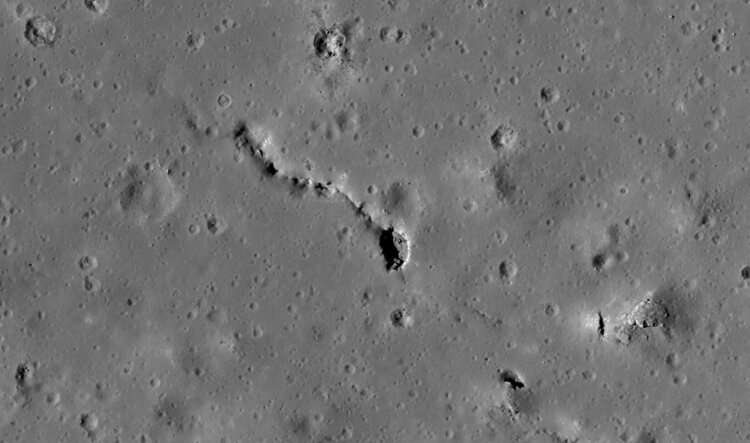
The moon may be a mostly uniform expanse of gray, but if you look closely, you can still find a few nooks and crannies in its surface, from deep trenches to pits and maybe even caves.
Now, researchers at CU Boulder have set out to explore what the environment might be like inside some of these shadowy features—many of which are too dark to see clearly from orbit.
The team's preliminary results suggest that pits and caves on the moon showcase remarkably stable conditions. They don't seem to experience the wild swings in temperature that are common at the moon's surface, said Andrew Wilcoski, a graduate student in the Department of Astrophysical and Planetary Sciences at CU Boulder. He will present the group's initial findings Friday at the American Geophysical Union fall meeting in New Orleans.
"If we're hoping to send people into these caves in the decades ahead, we want to know what they should expect down there," said Wilcoski, a co-author of the new research.






